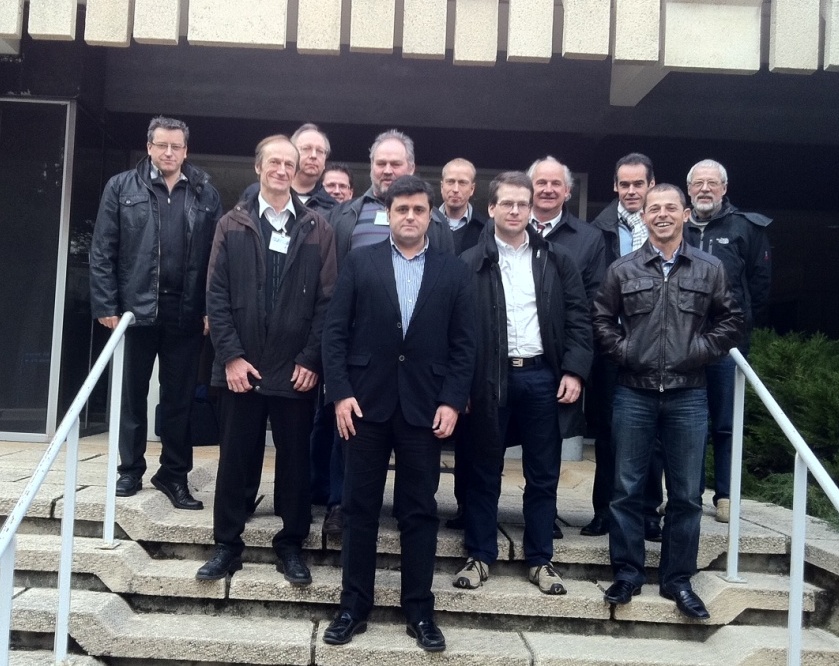Specialist Task Force 419: DECT Ultra Low Energy (ULE): Technical Study
Who we are:
Team Leader: Angel Boveda
angel.boveda@wirelesspartners.es

What we do:
DECT (Digital Enhanced Cordless
Telecommunications) is one of the very successful
ETSI standards. With more than 800 million DECT devices in the market, DECT is
the worldwide leading technology for cordless telephony on both, residential and
business (PABX) scenarios.
DECT is one of the IMT-2000 technologies and has a worldwide market
(including the U.S.).
The scope of this STF is the completion of a phase 1 study for the new proposed
technology ETSI ULE (Ultra Low Energy).
ULE has been proposed by TC DECT and is based in DECT technology.
However, it addresses a new application and a completely different market.
ULE is a technology intended for sensors, alarms, machine-to-machine and
industrial automation. The DECT ULE
technology positioning is an optimal compromise between low energy consumption
and medium range. This positioning addresses many application scenarios not
covered by any existing technology, since current contenders have either, too
much power consumption, limitations for accessing the spectrum, too short range
or are not standardized.
The STF outcome will be materialized in the
middle term on real products that will be sold in large scale, and that will
provide tangible practical benefits to the end users.
Why we do it:
DECT is one of the most important ETSI standards in terms of public
acceptance. The standard provides a convenient solution to the needs of cordless
telecommunications in the business, residential and WLL scenarios. DECT
dominates the voice cordless market with an installed base of 800 M of devices.
The work on DECT New Generation has attracted new ETSI members. It is also
related to the ETSI Green Agenda.
ULE has been proposed by TC DECT and is based in DECT technology. However, it
addresses a new application and a completely different market. ULE is a
technology intended for sensors, alarms, machine-to-machine and industrial
automation.
It may be also applied to utility meters and related devices. Therefore,
it is also linked to smart grids.
Due to the reduction of power compared to other technologies it addresses the
green agenda with immediate reduction of environmental hazards (i.e longer
duration of batteries).
The technology positioning seems promising because current contenders have
either, too much power consumption, limitations for accessing the spectrum, too
short range or are not standardized.
The DECT manufacturers including the chip
manufacturers have come to the conclusion, that there exists a market
opportunity for such an ULE technology.
The
STF outcome will be materialized on a Technical Report (TR) “Ultra Low Energy
(ULE) technical study”. The technical
report will be focused on radio (PHY), MAC and DECT/NWK layers.
For more details, see our
Terms of Reference
Time plan for the work:
Start of the work: January 2011
Target
date for end of the work: December 2011.
How to contact us:
If
you would like more information, please contact the STF Leader:
Angel Bóveda angel.boveda@wirelesspartners.es
This information is based upon STF working assumptions.
The views expressed do not necessarily represent the position of ETSI in this
context.
Last updated: 2013-04-13 17:33:50